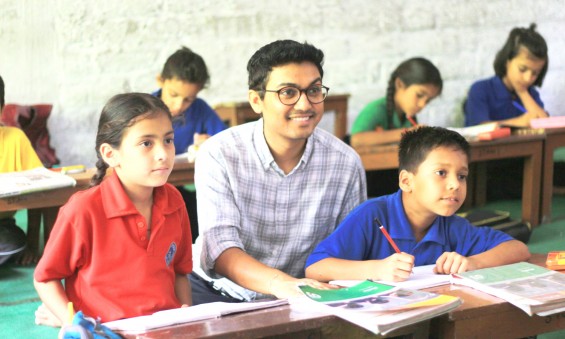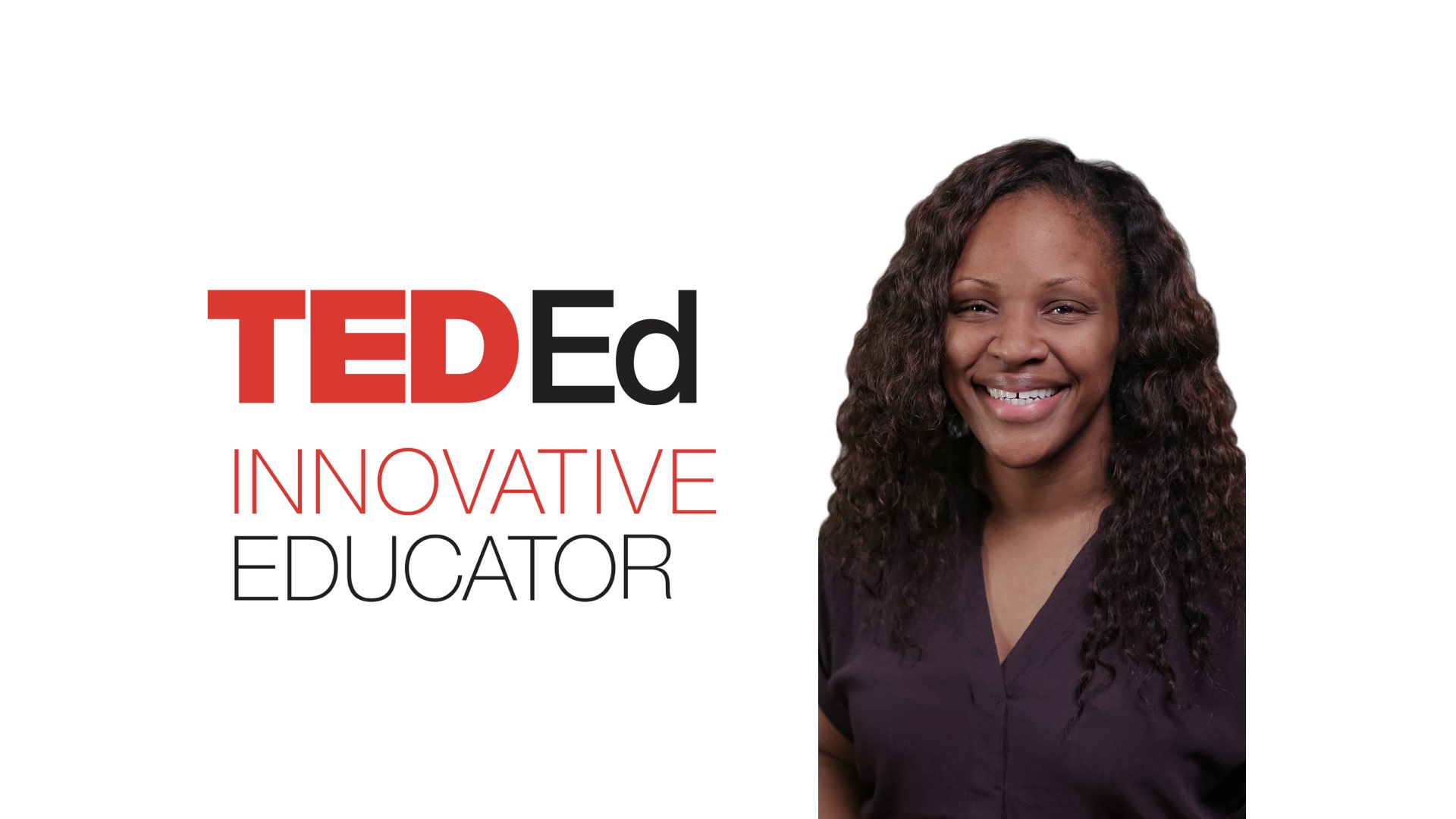
Take project-based learning to the next level with “projects worth sharing”
BIO
Shameka Williams is the academic coordinator for Horizons at Georgia Tech, and a project-based learning coach at Charles R. Drew Charter School in Atlanta, Georgia. As a TED-Ed Innovative Educator, Shameka is frequently sought out for her innovative classroom solutions and excellent advice. Recently, she piloted a curriculum approach that helps teachers take project-based learning to the next level. Below, learn more about Shameka’s “projects worth sharing” — and find out how to try this innovation at your school.
IDEA
Project-based learning can help students engage with important content in new ways, yet students are often left out of the initial project design. To increase student motivation, involve them from the beginning in creating hands-on projects that teach content standards.
INNOVATION PROJECT
In the spirit of project-based learning, Shameka developed “projects worth sharing” — student-designed projects that are driven by a current events and relevant content. Her students chose to create lesson plans and classroom activities for other classrooms around the question, ‘What is culture?’ Throughout the process of creating these projects, her students received feedback from peers, teachers, and TED-Ed Innovative Educators. Once complete, her students successfully implemented their lesson plans and classroom activities with a select group of younger students. To try Shameka’s student-created “projects worth sharing” in your own classroom, follow the links below:
Lesson plan: What is culture?
- Project worth doing #1: Food and culture
- Project worth doing #2: Clothing and culture
- Project worth doing #3: Art and culture
- Project worth doing #4: Social interactions and culture
Shameka’s tips:
- DO develop project norms with students to create an atmosphere of open communication, trust, and respect. (You may want to use a project group contract, like this one.)
- DO help students incorporate content standards throughout the beginning, middle, and end of their projects?
- DO be realistic about time. Project calendars can help students create an accurate timeline.
- DO find opportunities for students to present their work to an authentic audience.
- DO build in time for student reflection throughout the process.
- DON’T give up!
This article is part of the TED-Ed Innovation Project series, which highlights 25+ TED-Ed Innovation Projects designed by educators, for educators, with the support and guidance of the TED-Ed Innovative Educator program. You are welcome to share, duplicate and modify projects under this Creative Commons license to meet the needs of students and teachers. Art credit: iStockPhoto.


